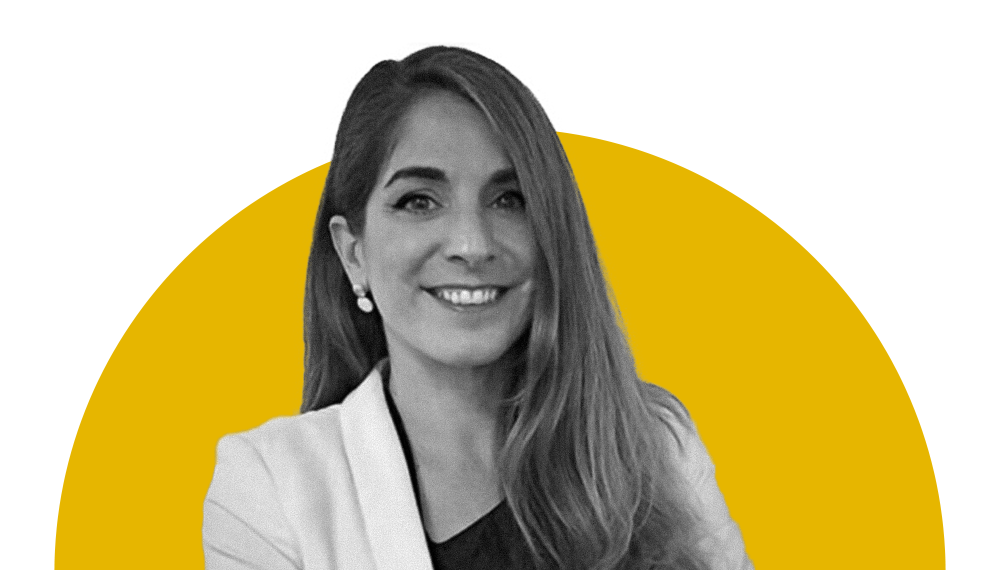The Danish holiday destination of Rømø is well-known for its idyllic landscapes – little houses, sand dunes, a vast beach, and direct access to the island via a causeway – but few are aware of what makes it truly special. Rømø is a ‘smart island’: a large-scale network of sensors and a cloud platform for integrating and evaluating data, collected from everything from shower heads to social media posts. This is possible thanks to a team from NTT DATA Business Solutions who designed and implemented a versatile data analytics platform – and now other regions are jumping on the bandwagon to determine customer preferences and become a smarter destination.
Digital Destination
Together with a team from the Danish tourism authorities and researchers from Copenhagen Business School and Aalborg University, NTT DATA Business Solutions realised the ‘Digital Destination’ project with the main aim of analysing and forecasting flows of people, holidaymakers’ buying habits, water and energy consumption, traffic flows, weather information, and data from the web. Taken together, the solution delivers real-time insights into connections that would otherwise be invisible.
Data collection and measurement began in April 2020, slightly delayed due to Covid-19. First, we aggregated all data and integrated it on our cloud platform in order to analyse it.
Five experts in the core team used mainly existing devices and sensors, such as street cameras. All images were evaluated on our AI platform to record pedestrians, vehicles and their routes taken. We also gathered information from garbage cans, flow meters, parking lots, sanitary facilities, and at the point of sale, such as revenue and the cardholder’s origin.
Sensors, SAP and Sequences
In line with data protection regulations, data from the integrated sensor networks is uploaded to the Azure cloud, before being transferred to an SAP system. Here, the data is supplemented by mobile network, weather and statistical information, as well as social media (for example Instagram posts with Rømø-related hashtags). The AI platform records the objects in the images – often depicting family and social activities like watersports, horse riding and festivals – and the core message of all posts.
From tourist resorts to ice cream parlours, the groups involved in the project learned what data analysis in the cloud can do for them, and how a digital solution benefits their bottom line.
Even a sole focus on quantifying the exact number of tourists justified collecting and analysing the data; over the years, the estimates made on the island had shown huge variations. But with our platform it’s now also possible to realistically forecast visitor numbers for the following day. For the island’s ice cream parlours, this allows them to work out how many employees they need, and how many waffles to bake in the morning, optimising efficiency and minimising waste. Similar analyses were conducted for Rømø’s tourist hotspots and resorts, where business is affected by factors such as visitor group patterns.
Benefits for the Bottom Line
For us, the biggest success of the Rømø project is the connection we have made between people and organisations – many of which had hitherto no experience of using smart technology solutions to improve their everyday lives, at home and at work. From tourist resorts to ice cream parlours, the groups involved in the project learned what data analysis in the cloud can do for them, and how a digital solution benefits their bottom line.
Building on the positive outcomes at Rømø, the NTT DATA Business Solutions team is working with the tourism authorities to implement other Digital Destinations. A second Danish island, Mandø, is beginning the process.
The platform can be used for many different aims – to create smart destinations, to control packaging processes, to chat with customers or to analyse patterns in water quality. Rather than technical feasibility, it is more about the questions the data can answer.
Using the multi-cloud ecosystem developed for Rømø, we will be able to analyse the various data sources in other destinations. Our flexible data platform can process information from a wide range of sources as required. On this basis, we can efficiently integrate the existing sensor infrastructure and add value fast.
Future Flexibility
Beyond applications for tourism, our data analysis platform can easily model different business cases from other industry sectors. Project-specific adjustments mainly relate to a seamless integration into the infrastructure layer of data sources, such as cameras, industrial scales and social media posts.
The platform can be used for many different aims – to create smart destinations, to control packaging processes, to chat with customers or to analyse patterns in water quality. Rather than technical feasibility, it is more about the questions the data can answer for the individual organisation. By ensuring that the platform is adjusted to the business focus of the project, i.e. closely and clearly linked to both financial and ESG (environmental, social and governance) outcomes, there are countless exciting possible future applications for this solution.












































